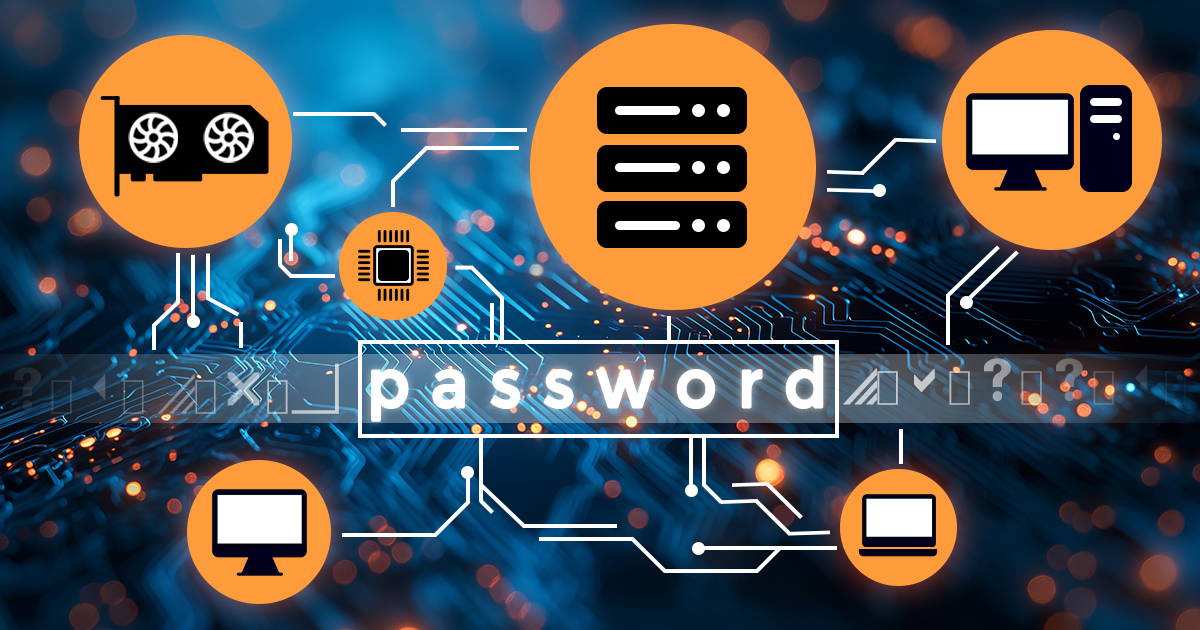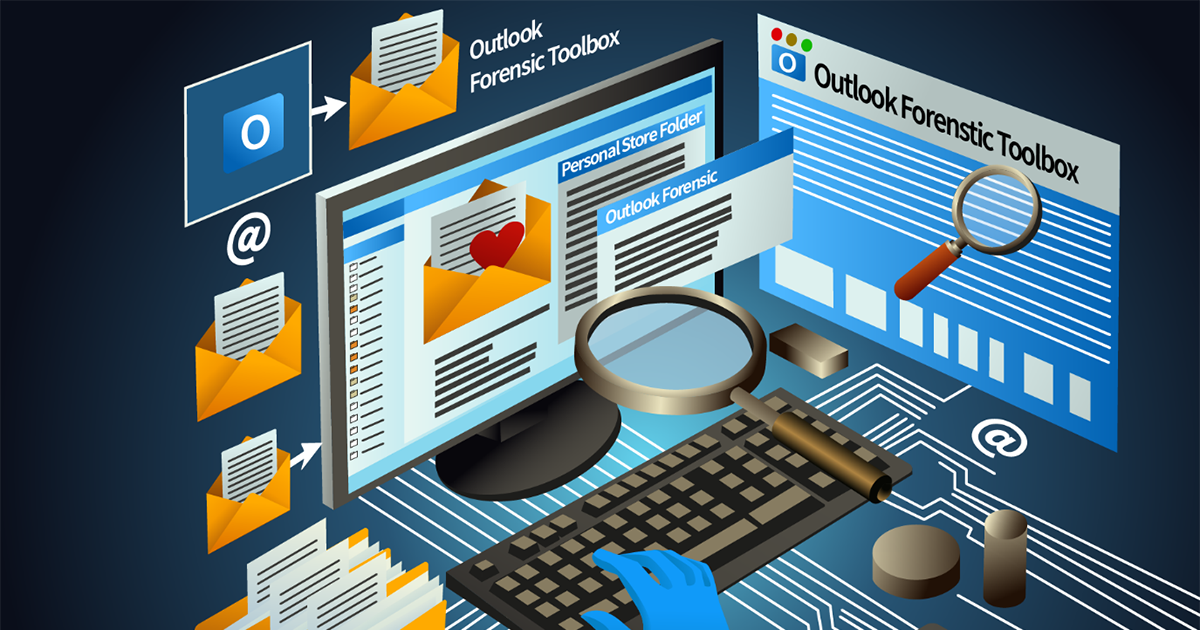Last month we introduced forensically sound low-level extraction for a range of iPhone devices. Based on the renowned checkm8 exploit, our solution supported devices ranging from the iPhone 5s through 6s/6s Plus/SE. Today, we are extending the range of supported devices, adding checkm8 extraction of the iPhone 7 and 7 Plus.
Installing the checkm8 exploit to perform forensically sound extractions with iOS Forensic Toolkit can be tricky, which is in part due to certain hardware peculiarities. If you watch our blog, you might have already read the article on checkm8, checkra1n and USB hubs. We have some good news: we managed to fix some of the issues with or without the use of a USB hub.
Half a year ago, we started a closed beta-testing of a revolutionary new build of iOS Forensic Toolkit. Using the checkm8 exploit, the first beta delivered forensically sound file system extraction for a large number of Apple devices. Today, we are rolling out the new, significantly improved second beta of the tool that delivers repeatable, forensically sound extractions based on the checkm8 exploit.
The second beta of iOS Forensic Toolkit 8.0 has arrived, offering repeatable, verifiable extraction for a limited range of iOS devices. The new release introduces a brand-new user interface, which differs significantly from the selection-driven console we’ve been using for the past several years. This article describes the new workflow for performing forensically sound extractions with iOS Forensic Toolkit 8.0 beta2.
Our mobile acquisition tools, Elcomsoft iOS Forensic Toolkit and Elcomsoft Phone Breaker, support a number of different extraction options. While many of our readers know the differences between logical and physical acquisition in general better than most, there are some things in our software making the logical/physical dilemma somewhat different. In this article, we laid out the differences between the extraction methods as implemented in our tools.
iOS security model offers very are few possibilities to recover anything unless you have a backup, either local or one from the cloud. There are also tricks allowing to recover some bits and pieces even if you don’t. In this article we’ll talk about what you can and what you cannot recover in modern iOS devices.
In just a few weeks, the new iPhone range will be released. Millions of users all over the world will upgrade, migrating their data from old devices. While Apple has an ingenious backup system in place, it has quite a few things behind the scenes that can make the migration not go as smooth as planned. How do you do the migration properly not to lose anything?
Back in 2019, independent researcher axi0mX has developed a ground-breaking exploit. Targeting a vulnerability in the bootloader of several generations of iOS devices, checkm8 made it possible to obtain BootROM code execution and perform forensic analysis on a long list of devices running a wide range of iOS versions. In this article, we’ll talk about the forensic use of checkm8 with iOS Forensic Toolkit.
The previous publication talks about the basics of using the bootloader-level exploit for extracting iOS devices. In this article, we are posting a comprehensive step-by-step guide of using the new checkm8 capability of iOS Forensic Toolkit for performing forensically sound extractions of a range of Apple devices.
Have an iPhone backup but cannot get around the password protection? I have a story to share. I was recently contacted by an old partner from the other side of the world who asked for assistance in an urgent case. He had an iTunes-style backup of a device full of critical evidence, but the password locked him out of the data.


